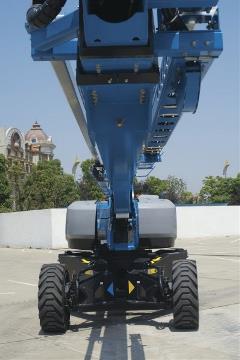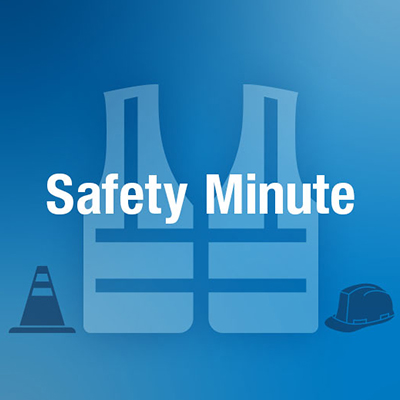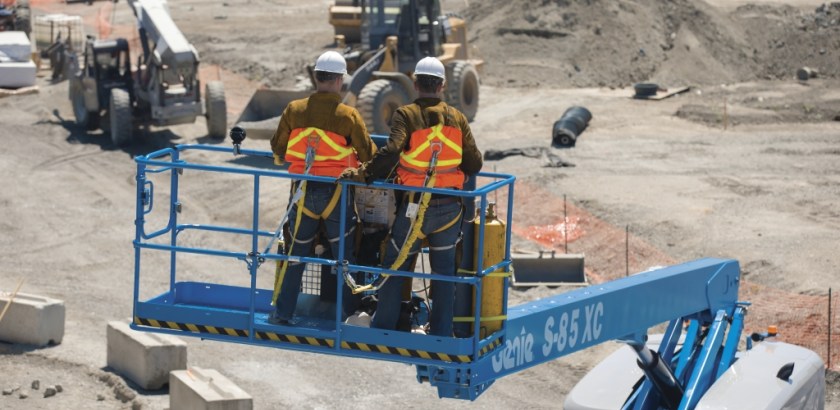What is the Difference between “Qualified” and “Certified”?
by Jason Berry - Product Safety ManagerSr. Product Safety Manager On Jan 10, 2019, 03:00 AM
Subscribe To Aerial Pros
Filter by tags
In the aerial work platform industry, the terms “qualified” and “certified” are often used interchangeably in connection with training for employees who operate or maintain mobile elevating work platforms (MEWPs). However to remain compliant, employers, machine owners and operators need to understand how regional standards and regulations govern the use of these terms.
Q: Are there requirements for personnel (mechanics, operators, trainers, etc.) to be certified in order to work on / operate / train others regarding MEWPs?
Although “training” for mechanics, operators, trainers and so on is required in most countries, there are no regulations or standards requiring “certification.” This includes training for operators, trainers and mechanics in all countries currently enforcing MEWP standards. The term “certification” implies that there is some mechanism of enforcement, not unlike a driver’s license. However, the regulatory entities do not require certification (licensing) for trained personnel.
Regardless of the fact that the term “certification” does not appear in the standards in conjunction with MEWP training, it is still used in the industry. There is no restriction on using the term in this manner, but it is not consistent with the standards and regulations and may result in confusion for those trying to meet their obligations for training.
Q: What does ANSI, CSA and OSHA have to say about training?
In the United States, the Occupational Safety and Health Administration, or OSHA, produces regulations, which are laws, and is responsible for workplace safety enforcement. However because OSHA regulations don't use the term "certification" as it relates to training on MEWPs, they do not recognize or require any documentation showing that a trainee is certified to train others, work on or operate MEWPs.
 Instead, ANSI (United States), CSA (Canada) and OSHA define and use the term "qualified" to describe requirements for personnel working with or on MEWPs. In general, this definition states that mechanics, trainers, operators and all other "employees" conducting training, working on or operating MEWPs are determined to be “qualified” (competent) by the employer based on a demonstration of proficiency (knowledge) regarding the MEWP.
Instead, ANSI (United States), CSA (Canada) and OSHA define and use the term "qualified" to describe requirements for personnel working with or on MEWPs. In general, this definition states that mechanics, trainers, operators and all other "employees" conducting training, working on or operating MEWPs are determined to be “qualified” (competent) by the employer based on a demonstration of proficiency (knowledge) regarding the MEWP.
The MEWP manufacturer does not have a part in determining that an employee is qualified but does have a responsibility to provide training materials that will enable the employer to administer the appropriate level of training to ensure that the employee is qualified. This same basic concept is in place in all other regulated countries. However throughout the world, local, jobsite, employer or other authorities may dictate that employees working on or with MEWPs meet certain minimum requirements and be certified (licensed) according to certain unregulated requirements.
Q: Does a MEWP have to be certified by the manufacturer or other entity?
Certified product testing is not required in the United States but is required in CE countries, Canada and
Australia. Nevertheless, Genie retains third-party engineering experts for compliance evaluation and testing on all models of our equipment for all MEWP standards that exist worldwide.
In addition, Genie utilizes written quality processes during the manufacture of all our products and maintains records showing compliance to both internal and external standards. As a result, all Genie® MEWPs are “certified” on two levels: First, in accordance with our own internal standards, and second, in compliance with all national and international regulations and requirements.
Please contact Genie if you have any questions about training or standards compliance: https://www.genielift.com/en/about-genie/contact-us.
Related Posts

Genie Safety Minute: Key Upcoming ANSI & CSA Changes
Genie Safety Minute: Key Upcoming ANSI & CSA Changes
Continue Reading

Genie Safety Minute: Loading an AWP for Transport
Genie Safety Minute is intended to facilitate health and safety discussions on the job site.
Continue Reading

Genie Safety Minute: Carrying Materials in a Platform
Genie Safety Minute is intended to facilitate health and safety discussions on the job site.
Continue Reading


